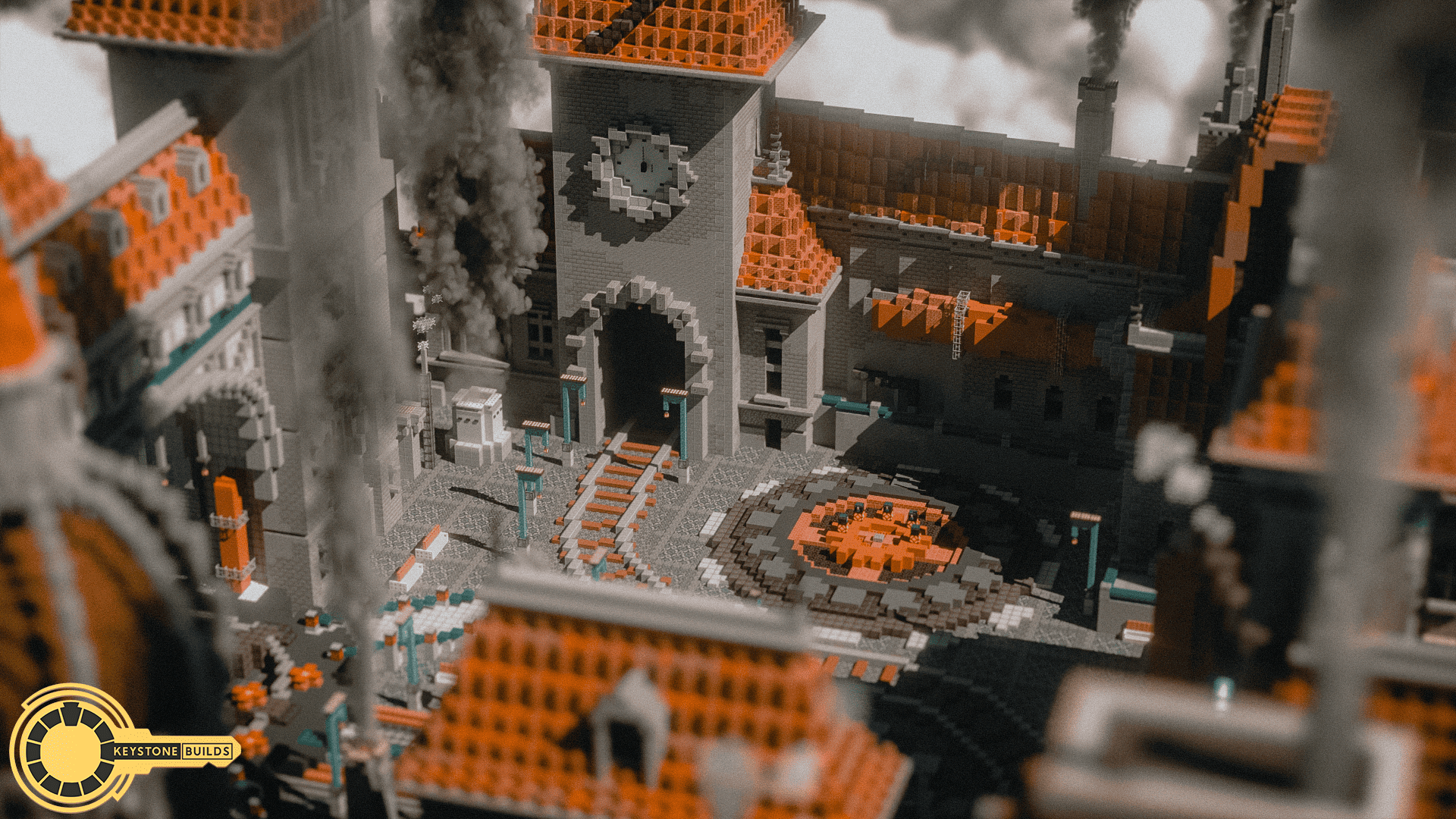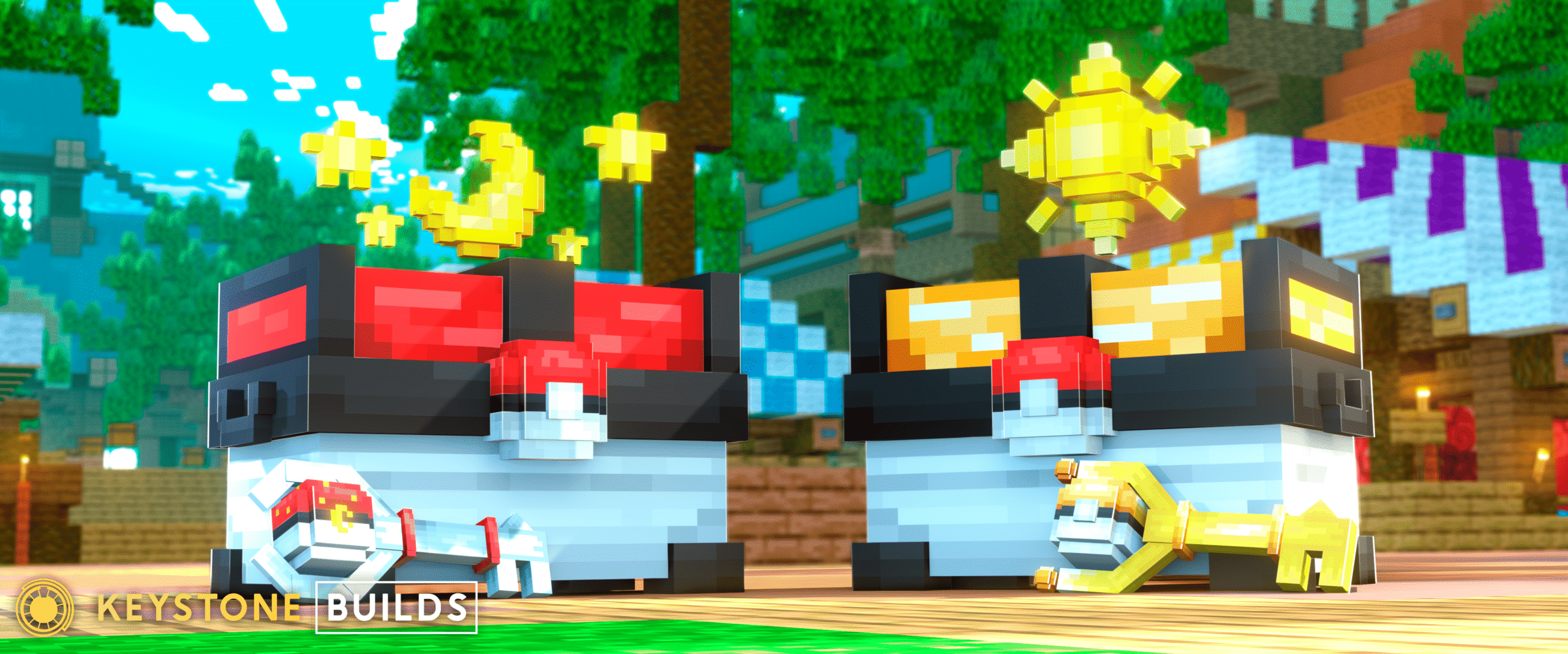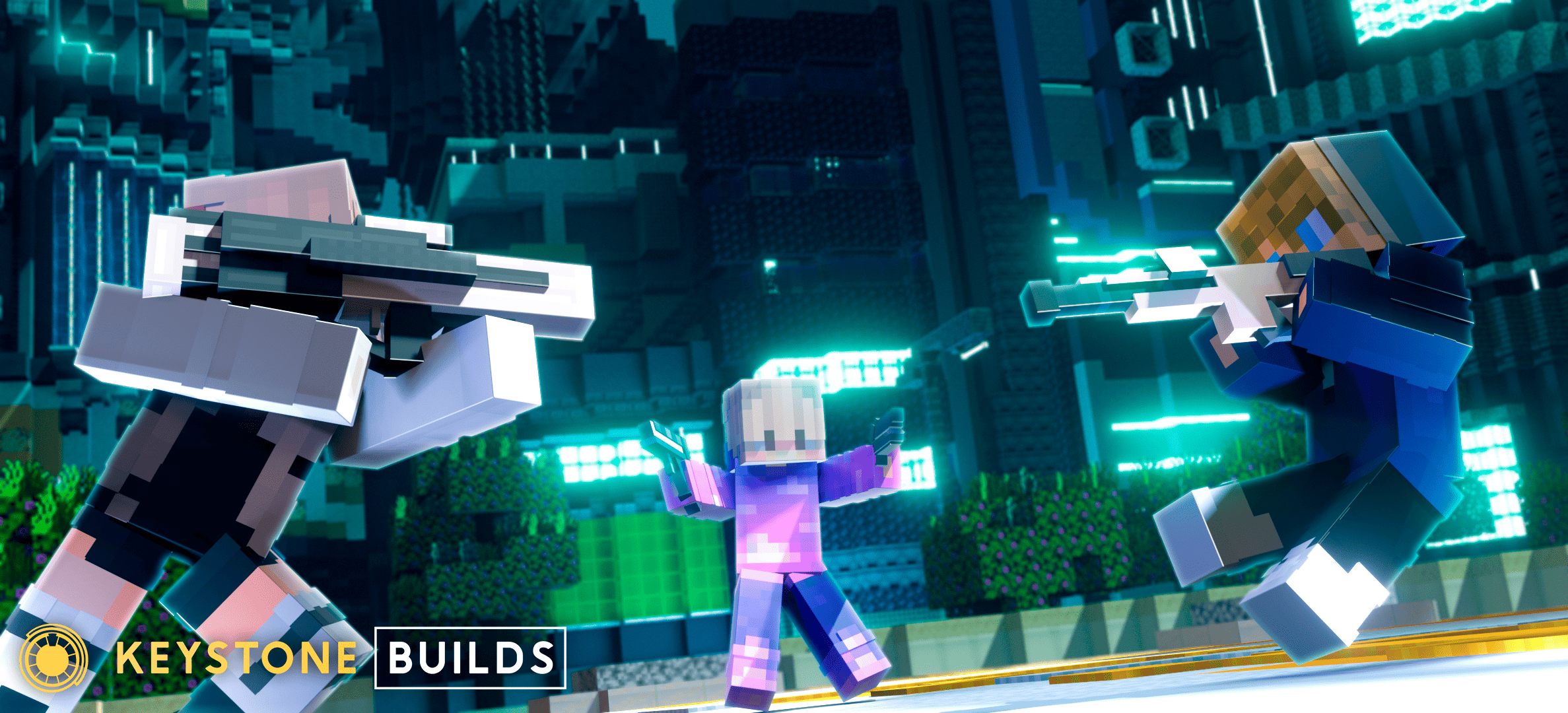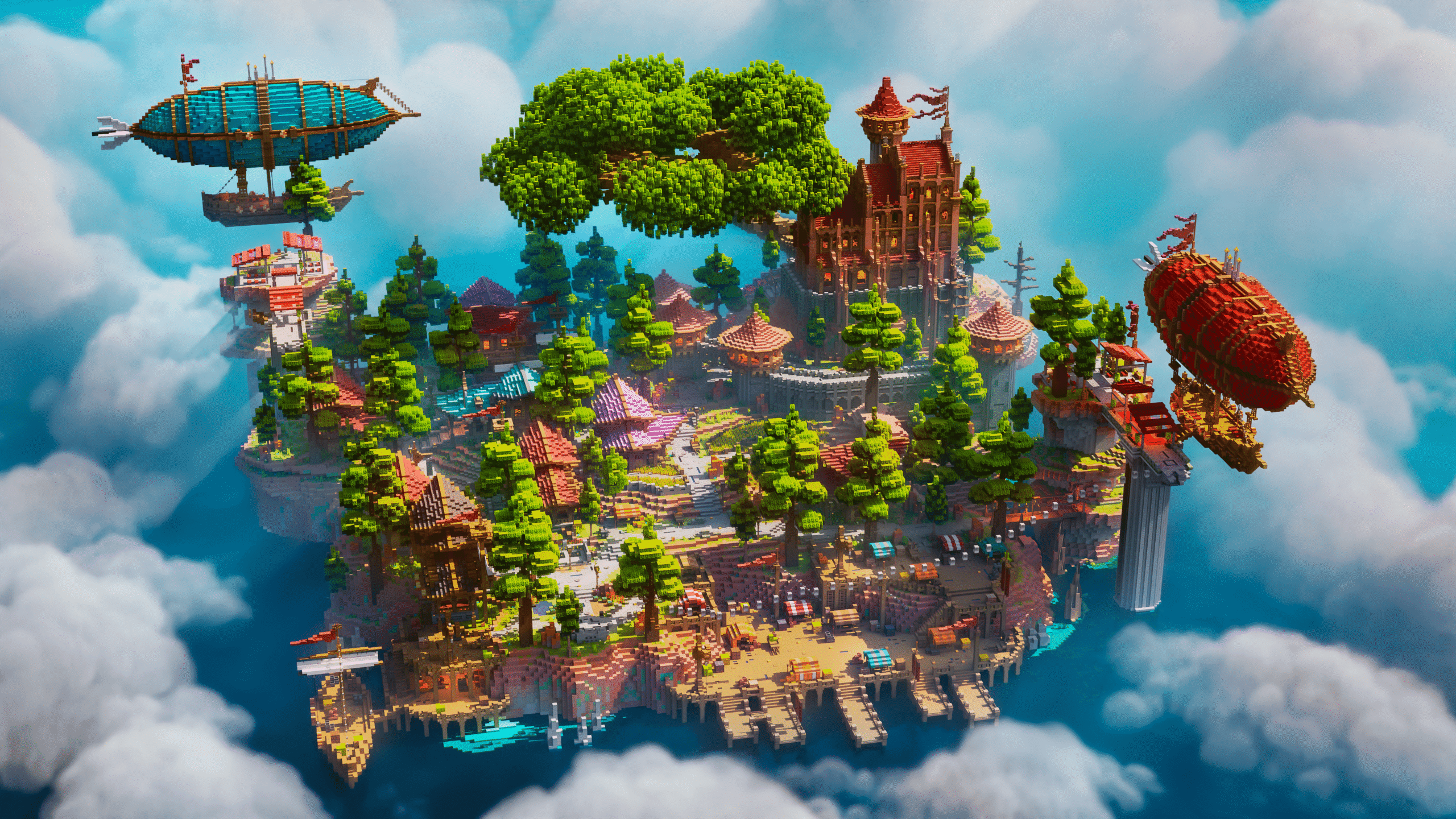Starting your own Minecraft server is exciting. Whether you’re launching a small survival world for friends or attempting to build a public network, there’s a real sense of creative ownership that comes with hosting a world you control. But behind the creativity, custom plugins, and spawn builds lies something more valuable—experience.
Running your first Minecraft server will teach you lessons you won’t get from YouTube tutorials or Discord forums. These lessons are often learned the hard way, through trial, error, and hours of troubleshooting. But they’re also the reason why second, third, and future servers tend to be more successful.
Here are five things your first Minecraft server will teach you—insights that apply whether you’re hosting for fun or building toward a serious long-term project.
1. A Good Idea Isn’t Enough Without Structure
Most new server owners begin with a concept: a survival world with quests, a minigame hub, a medieval-themed roleplay realm. And while the idea may be original and exciting, translating it into a functional server requires detailed planning.
Your first server will teach you that execution matters more than ambition. You’ll quickly discover that:
- Players need clear objectives or they’ll lose interest
- You need systems in place for progression, economy, ranks, or rewards
- Without intuitive navigation and consistent theming, your server feels disjointed
- World layout, spawn areas, and commands must be thought through
Structure comes from defining systems—what plugins you need, how player flow works, what gameplay loops exist, and how the experience scales over time. Even the best server ideas won’t hold attention if players are confused or the experience feels unbalanced.
What you’ll learn to do better:
- Break your ideas into core gameplay systems
- Prioritize features in a development roadmap
- Simplify the experience before scaling complexity
- Use checklists for each server area (spawn, permissions, economy, etc.)
2. Players Value Stability More Than Features
When you’re building your first server, it’s easy to focus on adding new things—custom items, particle effects, dozens of plugins. But the players who stick around are usually the ones who appreciate reliability, not constant change.
Your first server will teach you that lag, downtime, broken permissions, or buggy commands drive players away faster than missing features.
What most new owners underestimate is how fragile early setups can be. A misconfigured plugin, an outdated dependency, or a server restart loop can ruin the experience.
What you’ll learn to prioritize:
- Regular backups and rollback procedures
- Choosing reliable hosting over cheap hosting
- Monitoring performance metrics (RAM usage, tick rate, player load)
- Testing plugins on a staging server before deploying to live
- Keeping plugin versions compatible with your Minecraft version
Before chasing new features, make sure the ones you already have are stable and fully functional. Long-term players will appreciate performance and polish more than flashy additions that don’t work.
3. Managing a Community Is Harder Than You Expect
Most server owners start out thinking about builds and features—not people. But your first real challenge will likely come from the players themselves.
Whether it’s enforcing rules, resolving arguments, handling griefers, or promoting active discussion, community management is a job of its own.
Your first server will teach you:
- How fast toxicity can spread if rules aren’t enforced clearly
- Why moderation tools like CoreProtect, LuckPerms, and chat filters matter
- That active Discord engagement often matters as much as in-game support
- The importance of setting staff roles, expectations, and training early
- How much players value feeling heard and acknowledged
Even with just 10–20 regular players, you’ll find that communication, clarity, and leadership are essential. A great server with poor moderation won’t last.
What you’ll start building:
- A written set of rules and consequences
- Staff guidelines and reporting procedures
- A Discord server that mirrors your in-game structure
- Tools for feedback, polls, and suggestions
The sooner you treat your players like a community—not just users—the more engaged and loyal they’ll become.
4. Time Management and Burnout Are Real
Your first Minecraft server will likely become an obsession. You’ll stay up late configuring plugins, answering messages, troubleshooting bugs, and building new areas. And while that passion is a strength, it can also lead to burnout—especially if you’re trying to do everything alone.
What most first-time server owners don’t anticipate is how ongoing the work is. A server isn’t something you launch and leave. It requires updates, moderation, bug fixes, and regular content to stay relevant.
What you’ll learn to manage:
- Setting boundaries for how much time you spend on server work each week
- Delegating tasks to moderators, builders, or developers
- Automating repetitive tasks using plugins or scripts
- Balancing server management with personal commitments
Running a Minecraft server teaches real-world project management skills. If you treat your server like a long-term project, not a sprint, you’ll have more energy and creative momentum to sustain it.
5. Feedback, Not Assumptions, Drives Improvement
Your first Minecraft server will teach you a critical mindset shift: you are not your target audience. Just because you love a certain mechanic or layout doesn’t mean your players do.
Players often interact with the world differently than you expect. They may ignore features you spent days on, or struggle with things that seemed simple to you.
What you’ll learn to do better:
- Collect feedback regularly using Discord, polls, or in-game suggestions
- Observe player behavior to see what they actually enjoy or skip
- Release small updates and iterate rather than trying to perfect everything before launch
- Ask returning players what keeps them coming back—or why they left
In short, your first server will teach you how to listen. It’s easy to assume you know what players want. It’s harder—but more valuable—to test, observe, and adapt.
Final Thoughts
Running your first Minecraft server is more than a fun project—it’s a learning experience that teaches creativity, leadership, communication, and technical problem-solving. You’ll gain insight not just into game mechanics, but into people, systems, and what it means to build something that others value.
To recap, here are the five lessons your first server will teach you:
- A good idea isn’t enough without structure
- Players value stability more than features
- Managing a community is harder than expected
- Time management and burnout are real risks
- Feedback matters more than assumptions
These lessons aren’t just useful for Minecraft—they apply to any collaborative, creative endeavor. And they’re why most successful server owners don’t stop after one attempt. They improve, adapt, and come back stronger.
Your first server might not be perfect. But it will teach you everything you need to make the next one a true success.










